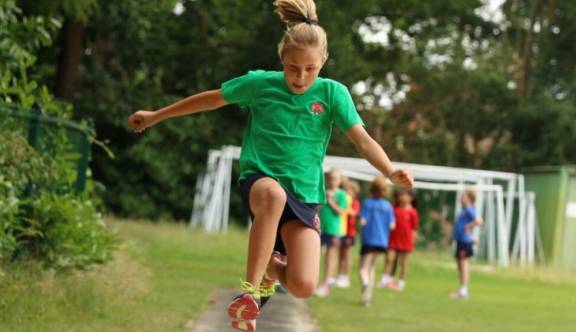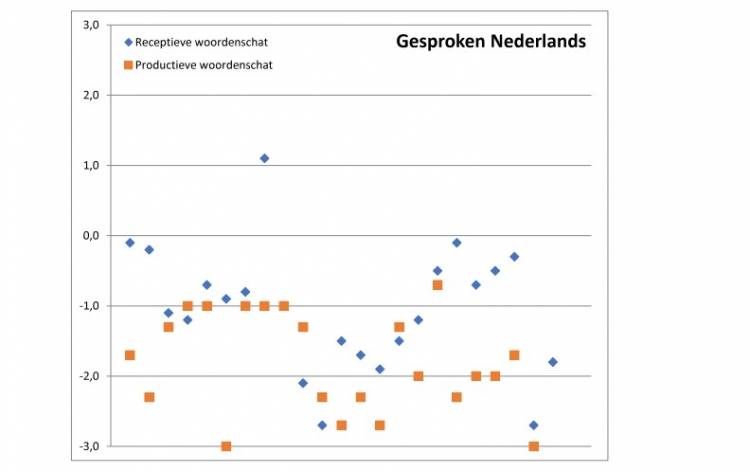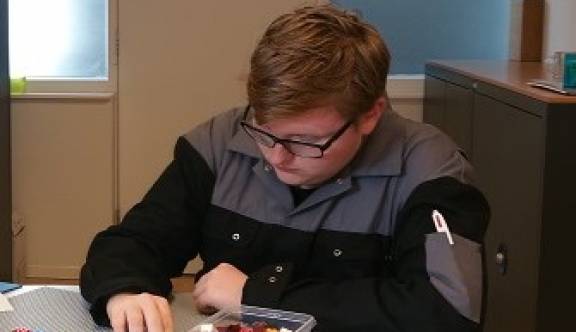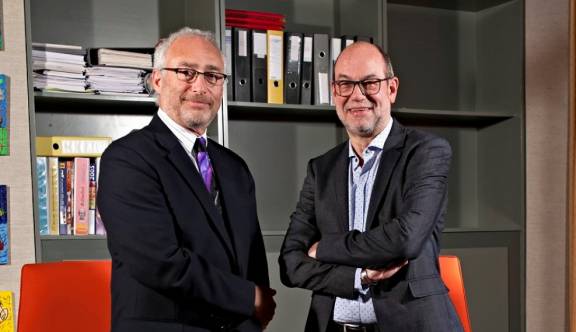Antia, S.D. & Kreimeyer, K.H. (2003). Peer interactions of deaf and hard-of-hearing children. In M. Marschark & P.E. Spencer (Eds.), Oxford handbook of deaf studies, language, and education (pp.164–176). New York, NY: Oxford University Press.
Botting, N.F., Jones, A., Marshall, C., Denmark, T., Atkinson, J. & Morgan, G. (2017). Non-verbal executive function is mediated by language: a study of deaf and hearing children. Child Development 88(5),1689-1700.
Bowen, S.K. (2008). Coenrollment for students who are deaf or hard of hearing: Friendship patterns and social interactions. American Annals of the Deaf, 153, 285-293.
Clarke, A. & DeNuzzo, D. (2003). Co-teaching in inclusive classrooms: Practical practice. Paper presented at the International Conference on Inclusion, the Netherlands.
Hermans, D., Knoors, H. & Verhoeven, L. (2010). Assessment of sign language development: The case of deaf children in the Netherlands. Journal of Deaf Studies and Deaf Education, 15, 107-119.
Hintermair, M. (2013). Executive functions and behavioral problems in deaf and hard-of-hearing students at general and special schools. Journal of Deaf Studies and Deaf Education, 18, 344-359.
Jambor, E. & Elliott, M. (2005) Self-esteem and coping strategies among deaf students. Journal of Deaf Studies and Deaf Education, 10, 63-81.
Kirchner, C.J. (1994). Co-enrollment as an inclusion model. American Annals of the Deaf, 139, 163-164.
Leigh I.W., Maxwell-McCaw D., Bat-Chava Y. & Christiansen J.B. (2009) Correlates of psychosocial adjustment in deaf adolescents with and without cochlear implants: A preliminary investigation. Journal of Deaf Studies and Deaf Education, 14, 244-259.
McCain, K.G. & Antia, S.D. (2005). Academic and social status of hearing, deaf, and hard of hearing students participating in a co-enrolled classroom. Communication Disorders Quarterly, 27, 20-32.
Metz, K.K. & Spolsky, S. (2013). Co-enrollment as a placement option for deaf and hard of hearing students: Benefits, challenges and caveats. Poster presented at the Association of College Educators: Deaf and Hard of Hearing, Santa Fe, New Mexico.
Moeller, M.P., Carr, G., Seaver, L., Stredler-Brown, A. & Holzinger, D . (2013) . Best practices in family-centred early intervention for children who are deaf or hard of hearing: An international consensus statement . Journal of Deaf Studies and Deaf Education, 18, 429-445
Niparko, J.K., Tobey, E.A., Thal, D.J., Eisenberg, L.S., Wang, N.-Y., Quittner, A.L. & Fink, N.E. (2010). Spoken language development in children following cochlear implantation. The Journal of the American Medical Association, 303, 1498-1506.
Qi, S. & Mitchell, R.E. (2011). Large-scale academic achievement testing of deaf and hard-of-hearing students: Past, present, and future. Journal of Deaf Studies and Deaf Education, 17, 1-18.
Stinson, M.S. & Kluwin, T.N. (2003). Educational consequences of alternative school placements. In M. Marschark & M.E. Spencer (Eds.), Deaf studies, language, and education (pp. 52-64). New York: Oxford University Press
Tang, G., Lam, S. & Yiu, C. (2014). Language development of deaf children in a sign bilingual and co-enrollment environment. In M. Marschark, G. Tang & H. Knoors (Eds.), Bilingualism and bilingual deaf education (pp. 313-341). New York: Oxford University Press
Yiu, C. & Tang, G. (2014). Social integration of deaf and hard-of-hearing students in a sign bilingual and co-enrollment environment. In M. Marschark, G. Tang & H. Knoors (Eds.), Bilingualism and bilingual deaf education (pp. 342-367). New York: Oxford University Press.










